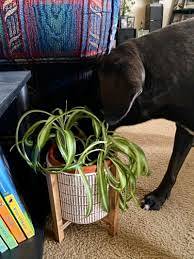- What is a Shooting Star Flower?
- What does shooting star plant look like?
- How do you take care of a shooting star hydrangea?
- How do you grow dodecatheon?
- How do you propagate clerodendrum Quadriloculare?
What is a Shooting Star Flower?
Shooting stars are a group of herbaceous perennials in the primula family (Primulaceae). There are over a dozen species in the genus Dodecatheon, all native to North America. The most widespread and common one is D.
What does shooting star plant look like?
The plant forms rosettes of long narrow leaves and singular slender stems. The flowers hang in umbels from the stems and are white to bright pink. The petals grow backward and up, away from the reproductive organs of the plant. These dangle down from the center and may be a pale yellow, pink or even soft purple color.
How do you take care of a shooting star hydrangea?
'Shooting Star' hydrangea
- Exposure: Full sun on the coast; partial shade where afternoons are hot.
- Soil: Rich, porous soil; lighten heavy clay soils by mixing in compost or peat moss.
- Water: Irrigate plants regularly during the growing season; established plants can get by on less water in coastal areas.
How do you grow dodecatheon?
How to grow
- Cultivation Grow in a moist but well-drained, humus-rich soil in full sun or partial shade. ...
- Propagation Propagate by seed in pots in an open frame as soon as seed is ripe; seed needs exposure to cold before it will germinate or propagate by division in spring.
How do you propagate clerodendrum Quadriloculare?
quadriloculare can form dense monospecific thickets in open and shaded areas, and is able to grow beneath the forest canopy. The species is easily propagated by cuttings, seeds, and root suckers.
 Planetagarden
Planetagarden



